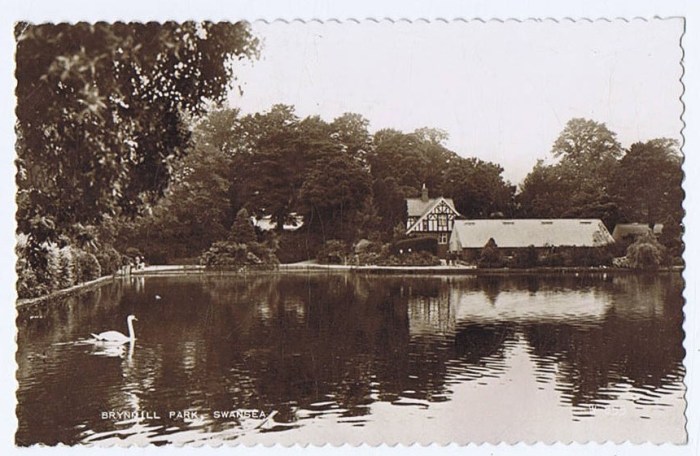The groundbait market has changed radically over the last 20 years with the focus moving away from natural venues to commercials and fishmeal based groundbaits. This can cause a problem for the natural venue angler in that their local tackle shop may have a great range of commercial orientated bags but a limited selection of “natural” bags. Previously the choice was Sensas or Van den Eynde in the main but now a range of new players in the market such as Bait-tech, Sonu-baits, Dynamite baits, Ringers and many others are available.
So what is my choice? I have always been attracted to “unknown” brands as just because it is cheap and not a “name” does not mean it will not work. So here are a few of my choices and what I use them for.
River
My go-to is Sensas Noire, I have confidence in this and can mix it in a variety of ways to vary the break-down. If bream are present then I will use a 50-50 mix of Noire and Gros Gardons – I know Gros Gardons is aimed at roach, but no-one told the bream that and they seem to like it!
Bowood
I am treating Bowood as a separate venue in this as I fish it so much. My mix for Bowood can vary but inevitably contains Cocoa Belgique from Caperlan a Decathlon brand. Not the type of place you think of for fishing but their groundbait is cheap and works well, plus if you buy enough you get free delivery. Interestingly they give a rough breakdown of the contents on the web-site.
I buy the 5kg bags and store them in plastic containers the fat balls for birds come in. I pour them directly in and just cut the label off to put it on top of the groundbait for reference.

Other Caperlan groundbaits I have used are
I use a large pole pot when mixing the “mixes” so I know the amount I am making. The mixes I am currently confident with for the tench and bream are as follows
A 1 parts Cocoa Belgique, 2 parts Gardon Competition, 2 part Etang
B 1 parts Cocoa Belgique, 2 parts Gros Gardon , 2 part Etang
C 1 parts Cocoa Belgique, 2 parts Gros Gardon , 2 part Gardon Competition
D 2 parts Cocoa Belgique, 3 parts 4X4, 1 part Gardon Competition
The pegs where I am expecting more bream than tench I use B & C, for the autumn D comes into it’s own, A can be used all year round but especially suited for winter .
Other natural lakes
Depending on the information I have regarding the lakes and the amount of pellet going into them I have two basic mixes I have confidence with.
Low pellet use and mixed fishery – Noire and Etang mixed 50-50
High pellet use and mixed – Noire and Sonu-baits sweet F1 mixed 50-50
Commercials
For down the edge I use whatever fishmeal based groundbait that is on offer cheap! For bottom work on the pole I like the Green Swim-stim and feeder /method work I like a 50-50 mix of Maryuku 130 and 150 ( although this will not be available much longer).
So that is what I use- not exclusively but mainly. Hopefully this may answer a few questions when I say I cupped in 5 balls!









 Alas Brynmill Park no longer allows fishing but the skills learned from the gurus of the day – Alan Godrich and Paul Huxtable- live on. Poles were not available then, you could get fibre glass telescopic whips up to 6m, elastics unheard of, everything was rod and line.
Alas Brynmill Park no longer allows fishing but the skills learned from the gurus of the day – Alan Godrich and Paul Huxtable- live on. Poles were not available then, you could get fibre glass telescopic whips up to 6m, elastics unheard of, everything was rod and line.



















